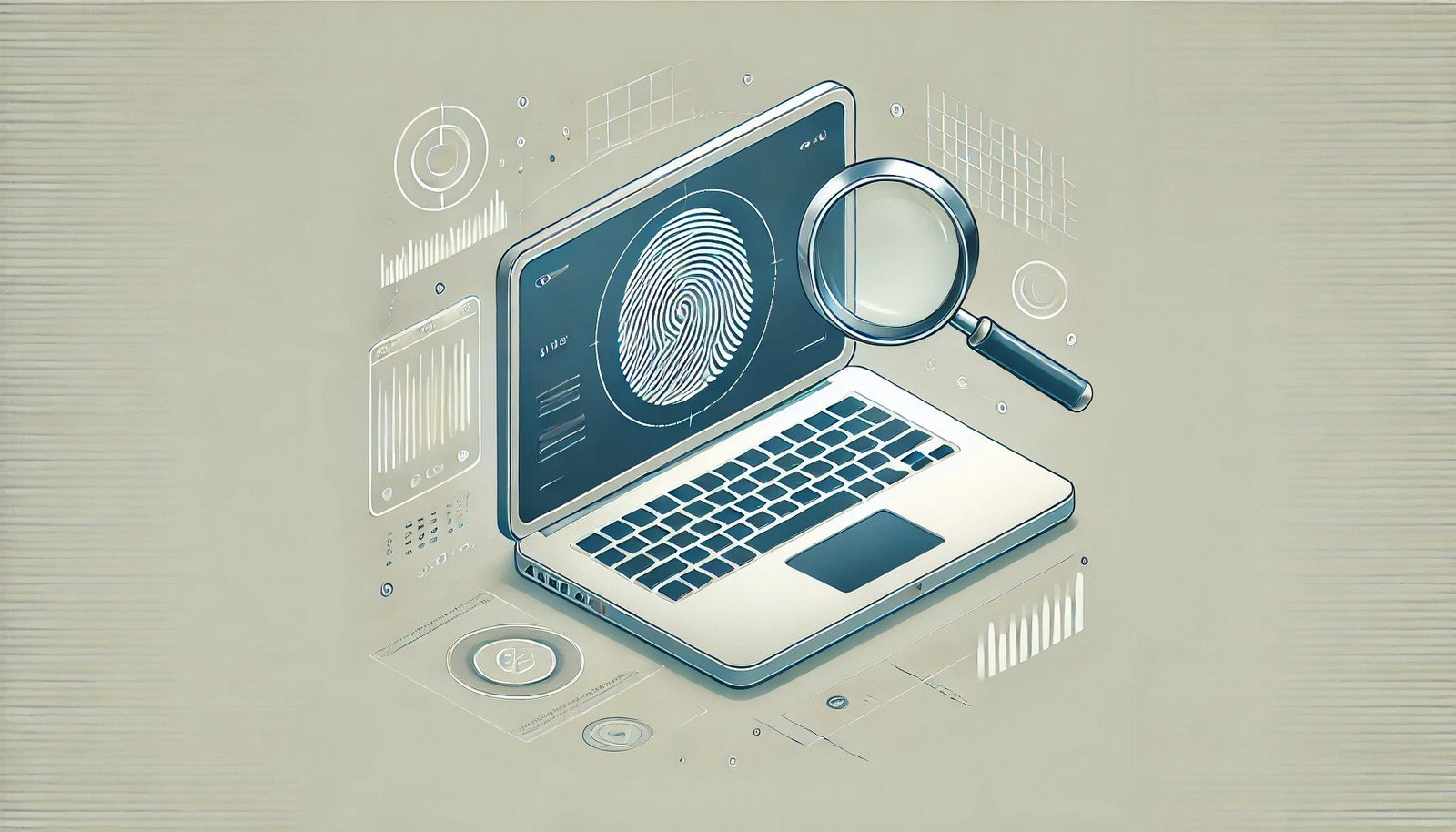Forensic Analysis Tools
 (Representational Image | Source: Dall-E)
(Representational Image | Source: Dall-E)
Quick Navigation:
- Forensic Analysis Tools Definition
- Forensic Analysis Tools Explained Easy
- Forensic Analysis Tools Origin
- Forensic Analysis Tools Etymology
- Forensic Analysis Tools Usage Trends
- Forensic Analysis Tools Usage
- Forensic Analysis Tools Examples in Context
- Forensic Analysis Tools FAQ
- Forensic Analysis Tools Related Words
Forensic Analysis Tools Definition
Forensic analysis tools are specialized software applications used to collect, analyze, and preserve digital evidence for investigative and legal purposes. These tools extract, recover, and examine data from computers, mobile devices, and networks while ensuring the integrity of the evidence. Common forensic tools include EnCase, Autopsy, FTK (Forensic Toolkit), and Volatility, each designed for specific aspects of digital investigation such as memory analysis, file recovery, and network forensics.
Forensic Analysis Tools Explained Easy
Imagine you lost your favorite toy and want to find out who took it. You start looking for clues—maybe a footprint, a fingerprint, or something out of place. Forensic analysis tools do the same thing but with digital information. They help investigators search computers and phones for hidden files, messages, or digital fingerprints left behind, just like detectives do in real-life investigations.
Forensic Analysis Tools Origin
The origins of forensic analysis tools date back to the 1980s when law enforcement agencies and cybersecurity experts needed specialized software to investigate computer crimes. Early tools were simple scripts used to extract basic file information, but as digital crimes evolved, so did the tools, becoming more sophisticated and capable of handling complex investigations.
Forensic Analysis Tools Etymology
The term “forensic” comes from the Latin word forensis, meaning "pertaining to the forum," as legal disputes were often settled in public forums in ancient Rome. "Analysis" refers to the detailed examination of data, while "tools" signifies the software and hardware used in digital investigations.
Forensic Analysis Tools Usage Trends
The use of forensic analysis tools has surged due to the increasing number of cybercrimes, digital fraud, and legal disputes involving electronic evidence. These tools are widely adopted by law enforcement, corporate security teams, and cybersecurity researchers. With growing concerns over data breaches, identity theft, and online fraud, forensic tools are essential in modern investigations.
Forensic Analysis Tools Usage
- Formal/Technical Tagging: - Digital Forensics - Cybersecurity - Incident Response
- Typical Collocations: - "forensic analysis software" - "digital forensic investigation" - "forensic data recovery" - "cybercrime forensic tools"
Forensic Analysis Tools Examples in Context
- A forensic analyst used EnCase to recover deleted emails in a corporate fraud investigation.
- Law enforcement agencies rely on FTK to extract hidden files from suspect devices.
- Volatility helps cybersecurity teams analyze memory dumps for signs of malware infections.
Forensic Analysis Tools FAQ
- What are forensic analysis tools? Forensic analysis tools are software applications used to collect and examine digital evidence for investigations.
- How do forensic tools help in cybersecurity? They help detect and analyze cyber threats, data breaches, and unauthorized activities.
- What are the most commonly used forensic tools? Popular tools include EnCase, Autopsy, FTK, and Volatility.
- Can forensic tools recover deleted files? Yes, many forensic tools can retrieve deleted or hidden files from storage devices.
- Are forensic tools used in legal cases? Yes, digital forensic evidence is often presented in court cases.
- What industries use forensic analysis tools? Industries like law enforcement, corporate security, banking, and cybersecurity firms rely on them.
- Are forensic tools legal to use? Yes, when used by authorized professionals for investigations, they are legal.
- Can forensic tools analyze smartphones? Yes, many forensic tools can extract data from mobile phones, including call logs and messages.
- How do forensic tools ensure evidence integrity? They use hashing algorithms and logging to maintain the authenticity of collected data.
- What is the future of forensic analysis tools? With AI integration, forensic tools are becoming faster and more precise in digital investigations.
Forensic Analysis Tools Related Words
- Categories/Topics: - Digital Forensics - Cybersecurity - Criminal Investigations
Did you know?
In 2011, forensic experts used advanced forensic tools to uncover key evidence in the famous WikiLeaks case, analyzing encrypted files to trace data leaks. This highlighted the importance of forensic software in high-profile investigations.
PicDictionary.com is an online dictionary in pictures. If you have questions or suggestions, please reach out to us on WhatsApp or Twitter.Authors | Arjun Vishnu | @ArjunAndVishnu

I am Vishnu. I like AI, Linux, Single Board Computers, and Cloud Computing. I create the web & video content, and I also write for popular websites.
My younger brother, Arjun handles image & video editing. Together, we run a YouTube Channel that's focused on reviewing gadgets and explaining technology.



Comments powered by CComment